Imagine stepping into your kitchen and plucking fresh basil or a ripe cherry tomato from your own indoor garden—it’s an experience both delightful and deeply satisfying. Whether you’re planting your very first seed or have spent years with your hands in the soil, “10 Best Plants for Edible Gardens” is your ticket to cultivating a lush, productive oasis right in your home.
This carefully curated list of indoor plants is not just about growing food; it’s about infusing your living space with life and flavor. With practical guidance tailored for every skill level, you’ll find the joy of gardening only grows as you nurture these edible wonders. Let this guide be your companion, boosting your confidence as you discover the simple pleasures and bountiful rewards of successful indoor gardening.
Roma Tomatoes (Paste Varieties)
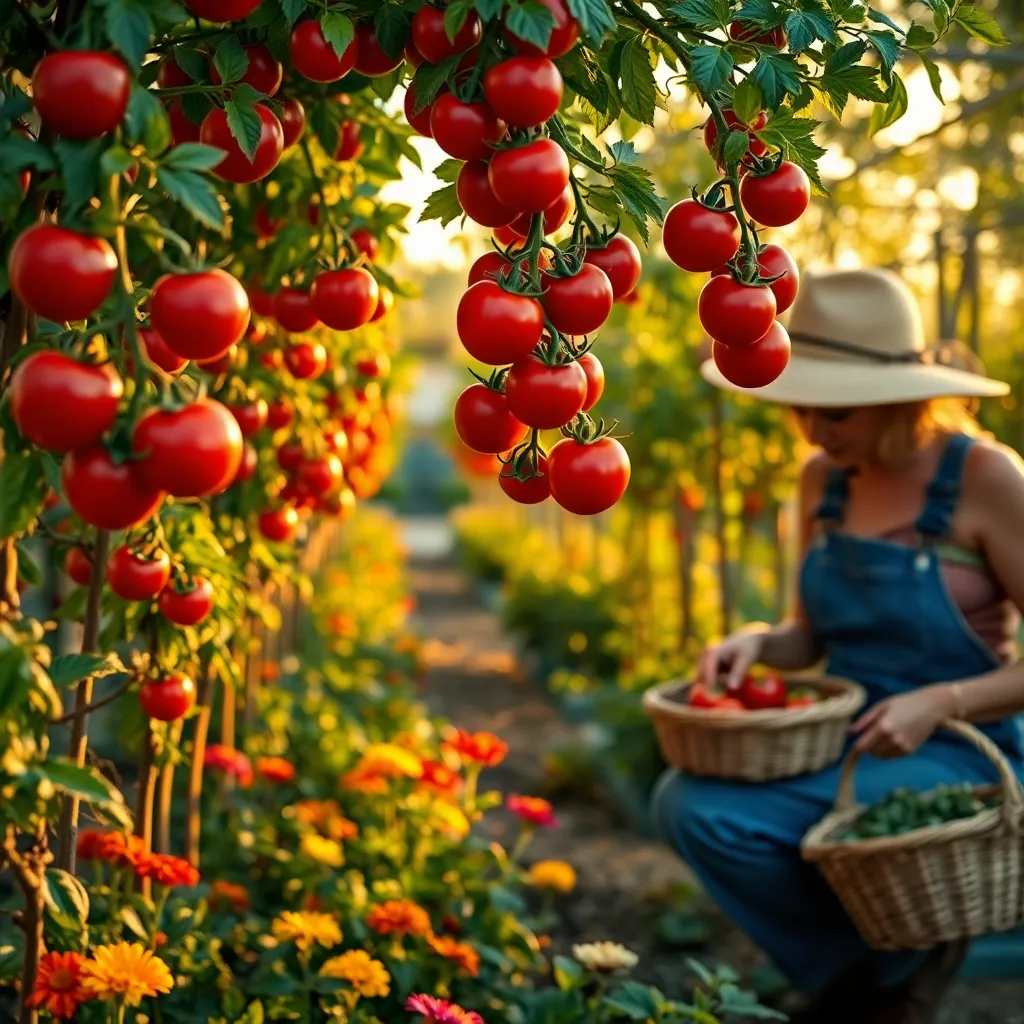
Roma tomatoes, renowned for their thick, meaty texture, make them perfect for sauces and pastes. These determinate varieties are compact, making them ideal for small garden spaces or container gardening.
To thrive, Roma tomatoes require full sun exposure, so choose a spot that receives at least six to eight hours of direct sunlight daily. They prefer well-draining soil with a pH between 6.0 and 6.8, enriched with compost to provide essential nutrients.
Watering consistently is crucial, especially during fruit set, to prevent blossom end rot and splitting. It’s recommended to water deeply once a week, allowing the soil to dry slightly between watering sessions, promoting strong root development.
For those looking to enhance yield, consider staking or caging your Roma plants. This not only supports the plant’s growth but also improves air circulation, reducing the risk of fungal diseases.
Sugar Snap Peas (Climbing)
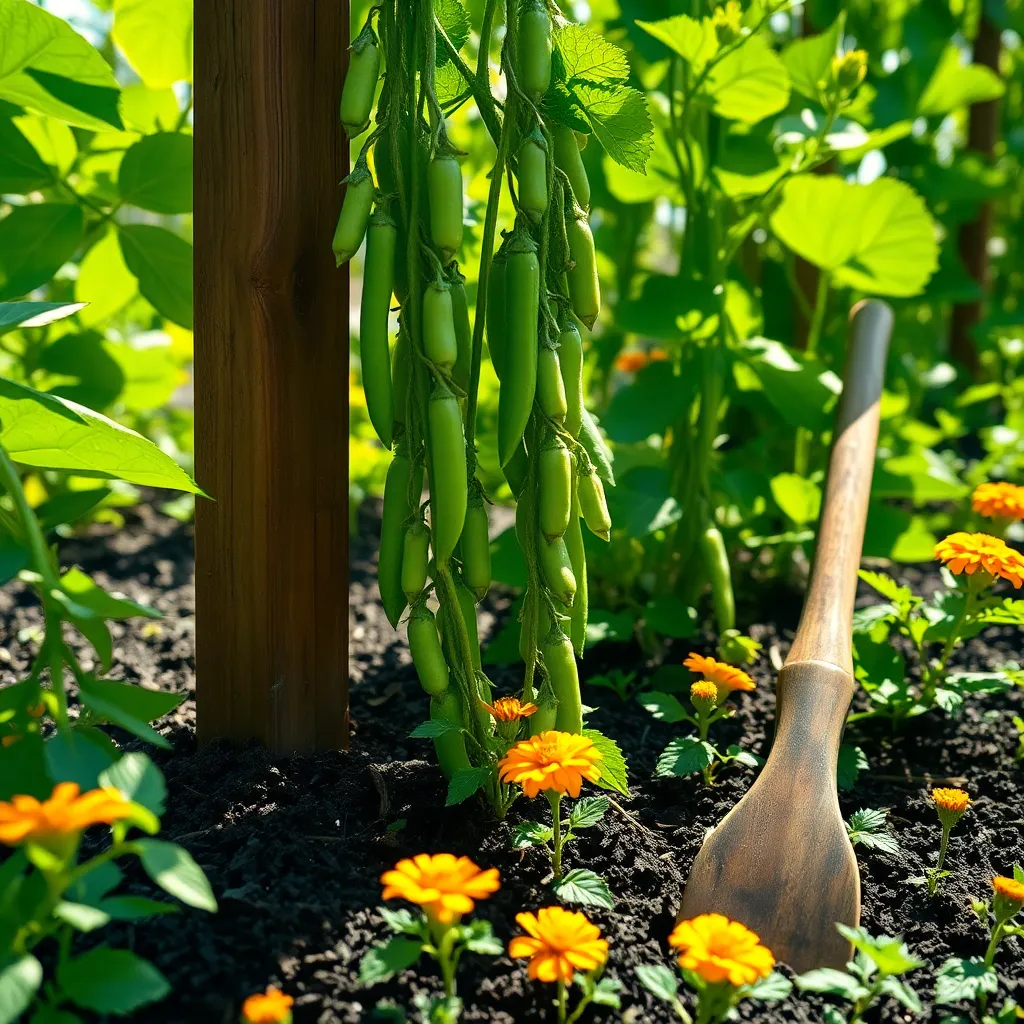
Sugar snap peas are a delightful addition to any edible garden, offering a sweet, crunchy snack right off the vine. For optimal growth, they require a support structure like a trellis or netting, as they are climbing plants.
Choose a sunny spot for your sugar snap peas to ensure they receive at least six to eight hours of sunlight daily. They thrive in well-drained soil rich in organic matter, so consider incorporating compost or well-rotted manure before planting.
When planting, sow seeds directly into the garden about one inch deep and two inches apart, as peas do not transplant well. Ensure you keep the soil consistently moist but not waterlogged, especially during germination and pod development.
To encourage a continuous harvest, pick the pods regularly before they become too plump. This practice not only promotes further pod production but also maintains the plant’s energy for ongoing growth.
Genovese Basil (Classic Italian)
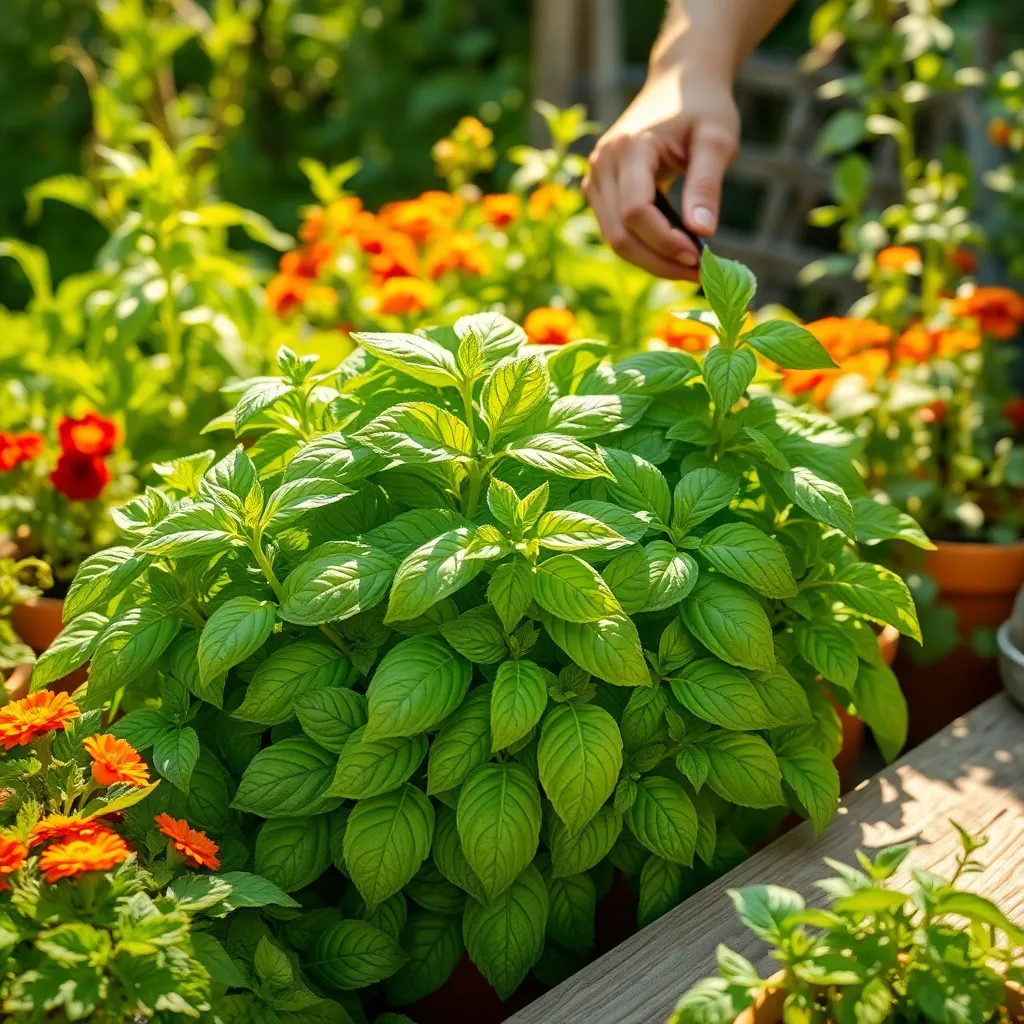
Genovese Basil is a staple in Italian cuisine, known for its large, aromatic leaves and robust flavor. For best results, grow it in a location that receives at least six to eight hours of sunlight per day.
This variety thrives in well-draining soil, rich in organic matter. Consider adding compost or well-rotted manure to enhance soil fertility and provide the necessary nutrients.
Regular watering is key, but avoid waterlogging the plant. Aim to keep the soil consistently moist, allowing the top inch to dry out slightly between waterings.
Pinching the tops of the plant encourages bushier growth and delays flowering, which can diminish the flavor of the leaves. For an abundant harvest, start harvesting leaves early and frequently, making sure not to remove more than one-third of the plant at a time.
Buttercrunch Lettuce (Loose-Leaf)
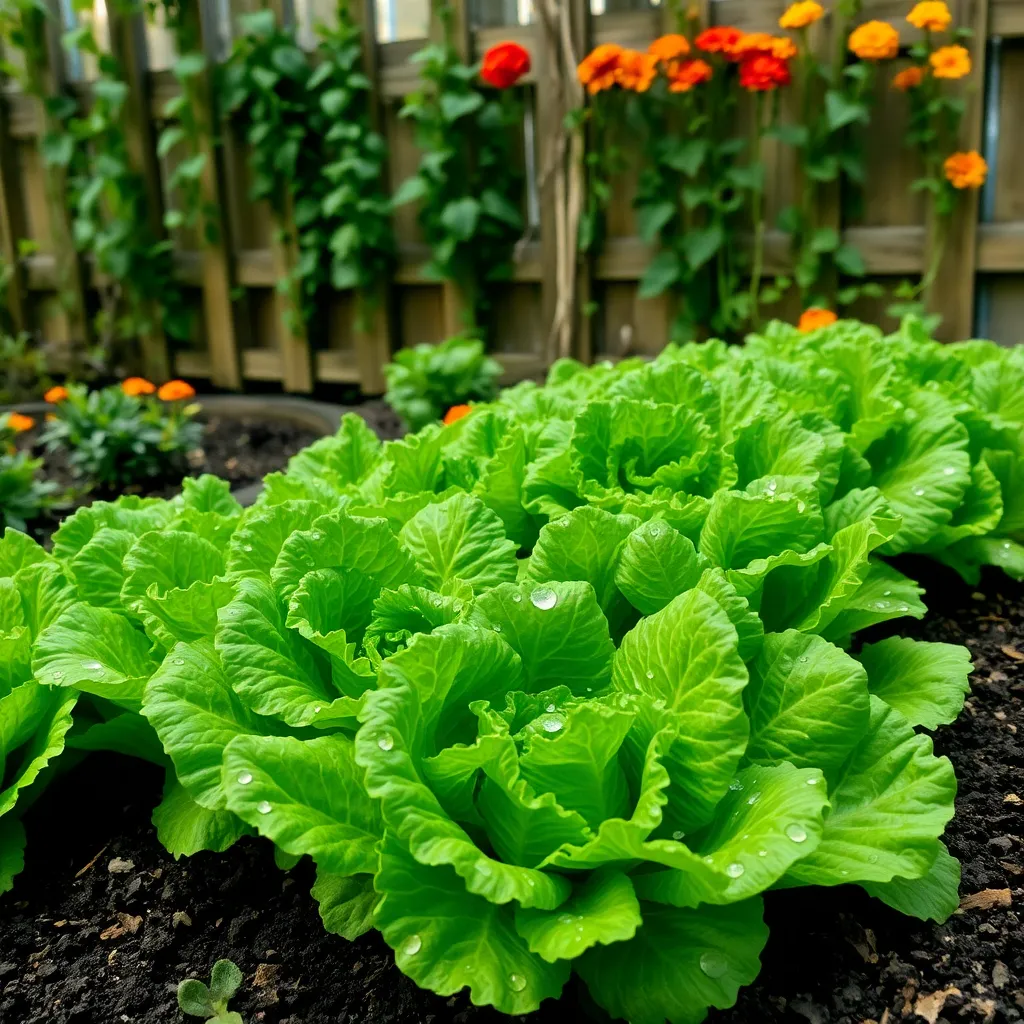
Buttercrunch lettuce is a fantastic choice for edible gardens due to its delightful texture and mild flavor. This loose-leaf variety is not only easy to grow but also thrives in a variety of climates, making it a reliable option for both novice and experienced gardeners.
To cultivate Buttercrunch lettuce successfully, start by selecting a location that receives at least six hours of sunlight daily. Ensure the soil is well-draining and rich in organic matter, as this will support healthy growth and prevent root rot.
Watering is crucial for maintaining crisp, tender leaves; aim for consistent moisture without waterlogging the soil. Mulching around the base of the plants can help retain soil moisture and suppress weeds, further enhancing plant health.
For those looking to extend their harvest, consider planting seeds every couple of weeks to enjoy a continuous supply of fresh lettuce. Harvesting the outer leaves regularly encourages new growth, allowing you to enjoy this delicious green throughout the growing season.
French Breakfast Radishes (Quick-Growing)
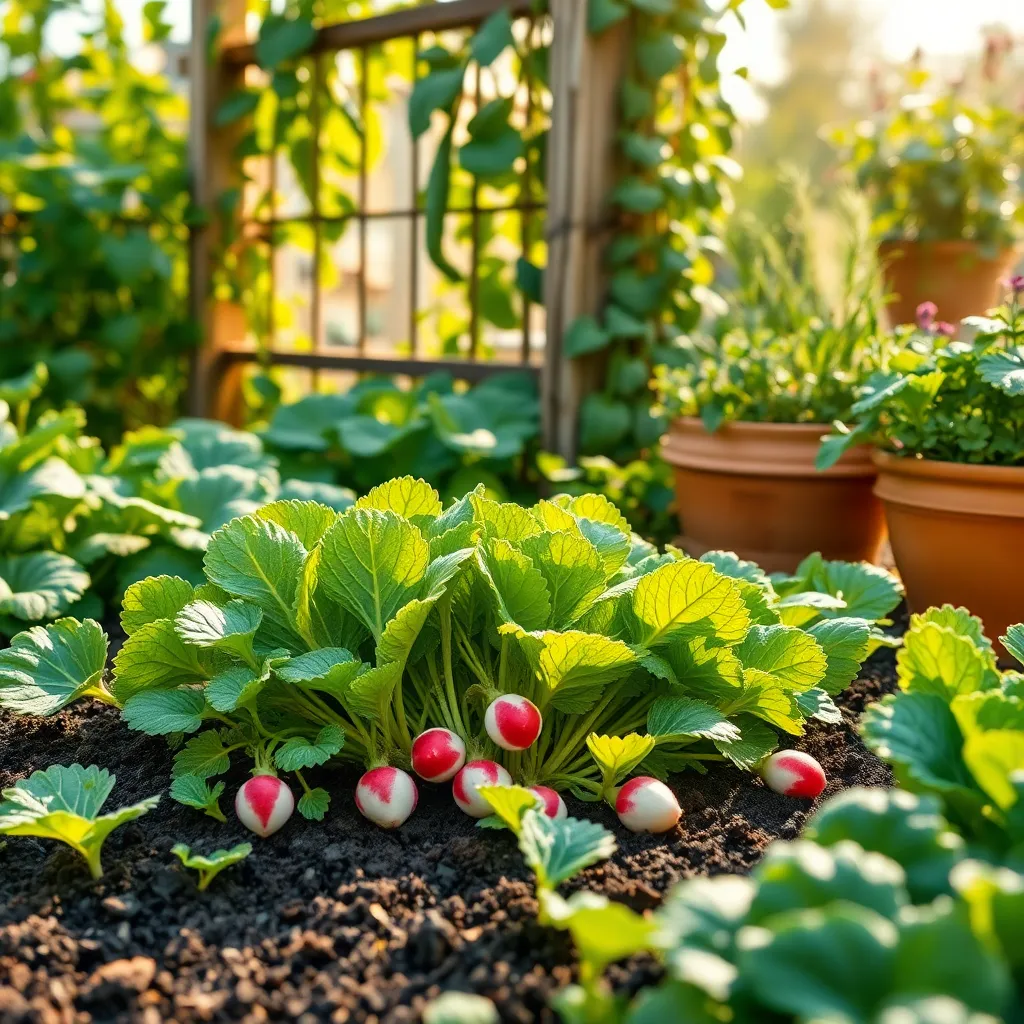
French Breakfast Radishes are a delightful, quick-growing choice for any edible garden. They mature in just 3 to 4 weeks, making them perfect for impatient gardeners looking for a fast harvest.
These radishes thrive best in loose, well-drained soil with a pH between 6.0 and 7.0. To ensure optimal growth, sow seeds about 1/2 inch deep and space them 1 inch apart to allow room for their roots to expand.
Consistency in watering is crucial; radishes need regular moisture to develop crisp, tender roots. Water them thoroughly once or twice a week, depending on rainfall, but avoid waterlogging, which can lead to splitting.
For a continuous supply, employ successive sowing every few weeks. More experienced gardeners might experiment with companion planting, as radishes grow well alongside carrots and lettuce, maximizing space and yield.
Zucchini (Black Beauty)

When it comes to growing zucchini, ‘Black Beauty’ is an excellent variety for any edible garden. Known for its high yield and ease of growth, this zucchini offers a bountiful harvest with minimal effort.
Start by planting your zucchini seeds in well-drained, nutrient-rich soil with a pH between 6.0 and 7.5. Plant them in a sunny spot, as zucchini requires at least six to eight hours of direct sunlight to thrive.
To ensure optimal growth, keep the soil consistently moist by watering deeply once a week, especially during dry spells. Mulching around the plants can help retain moisture and suppress weed growth, making maintenance easier.
For those looking to boost production, consider adding a layer of compost to the soil before planting and side-dressing with a balanced fertilizer mid-season. Regular harvesting of the fruits when they reach 6 to 8 inches in length will encourage the plant to produce more.
Carrots (Nantes Varieties)
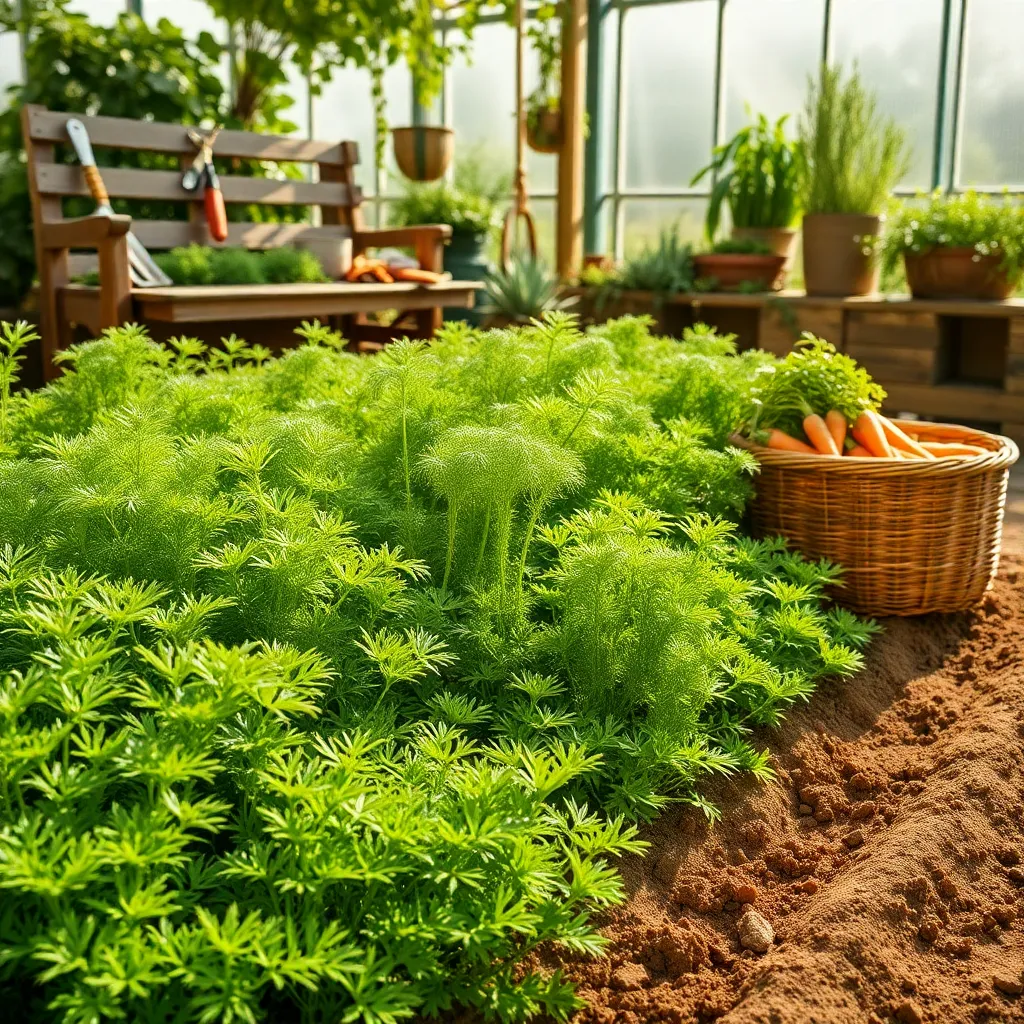
Nantes carrots are a fantastic addition to any edible garden due to their sweet flavor and crunchy texture. Known for their cylindrical shape and blunt ends, they are perfect for gardeners looking for a reliable and tasty root vegetable.
For optimal growth, plant Nantes carrots in loose, well-drained soil enriched with organic matter. Avoid soil with too much clay, as it can impede root development and result in misshapen carrots.
Seeds should be sown directly into the garden as soon as the soil is workable in early spring. Space the seeds about 1/4 inch deep and 1 inch apart to ensure each carrot has room to grow without competition.
Regular watering is essential, especially during dry spells, to keep the soil consistently moist but not waterlogged. Mulching can help retain soil moisture and suppress weeds, making it a practical choice for busy gardeners.
Consider thinning the seedlings to about 2 to 3 inches apart once they reach about 2 inches tall. This practice prevents overcrowding and promotes healthier, larger carrots. Experienced gardeners might try succession planting every few weeks to ensure a continuous harvest throughout the growing season, maximizing the yield from their garden space.
Cilantro (Slow-Bolting)
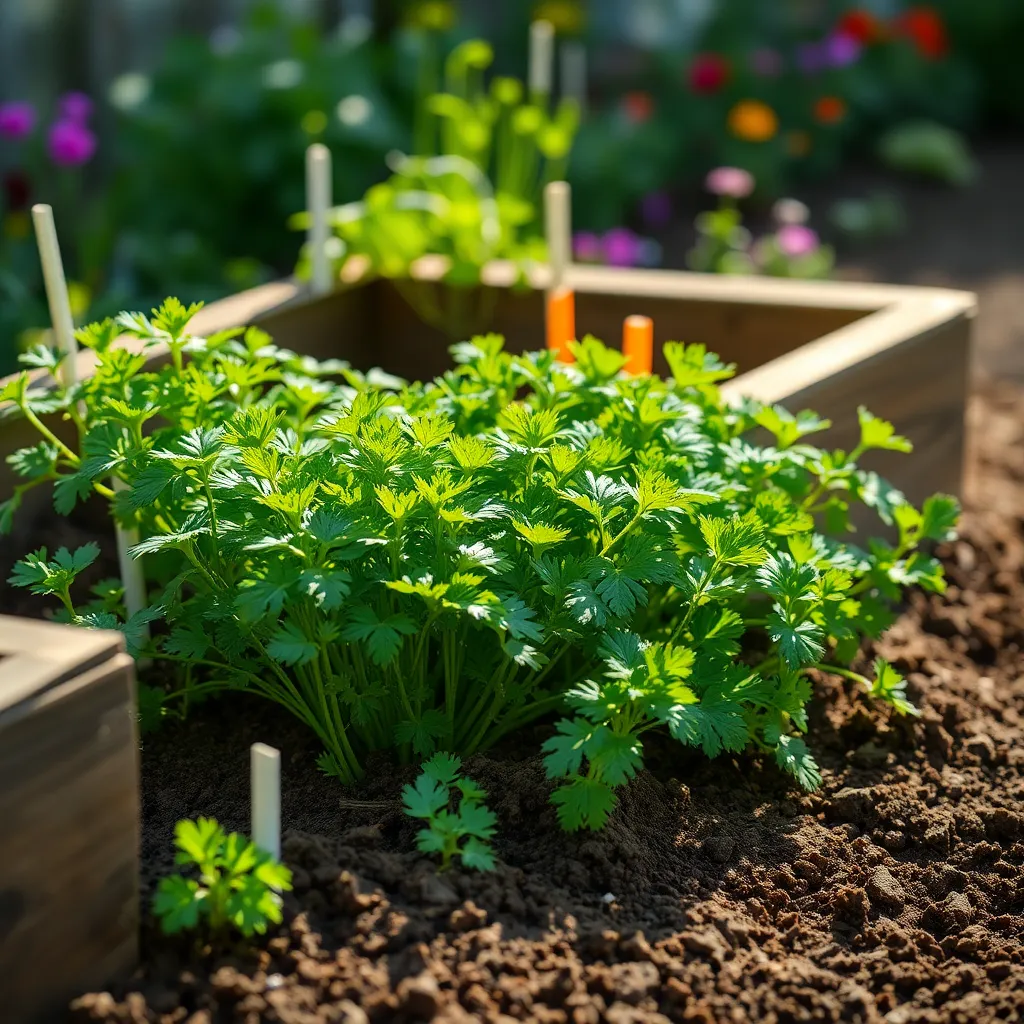
For those looking to add a burst of flavor to their dishes, cilantro is a fantastic choice for your edible garden. Opt for slow-bolting varieties to extend the harvest period and ensure a steady supply of fresh leaves.
Cilantro thrives in cooler temperatures, making early spring and fall the ideal planting seasons. Ensure the soil is well-drained and rich in organic matter by mixing in compost before planting.
Water cilantro consistently, keeping the soil moist but not waterlogged, which helps prevent bolting. Mulch around the plants to retain moisture and suppress weeds, ensuring healthy growth.
For more advanced gardeners, consider succession planting every two to three weeks to maintain a continuous harvest. Additionally, harvesting leaves regularly encourages the plant to produce more foliage and delays flowering.
Red Russian Kale (Cold-Hardy)
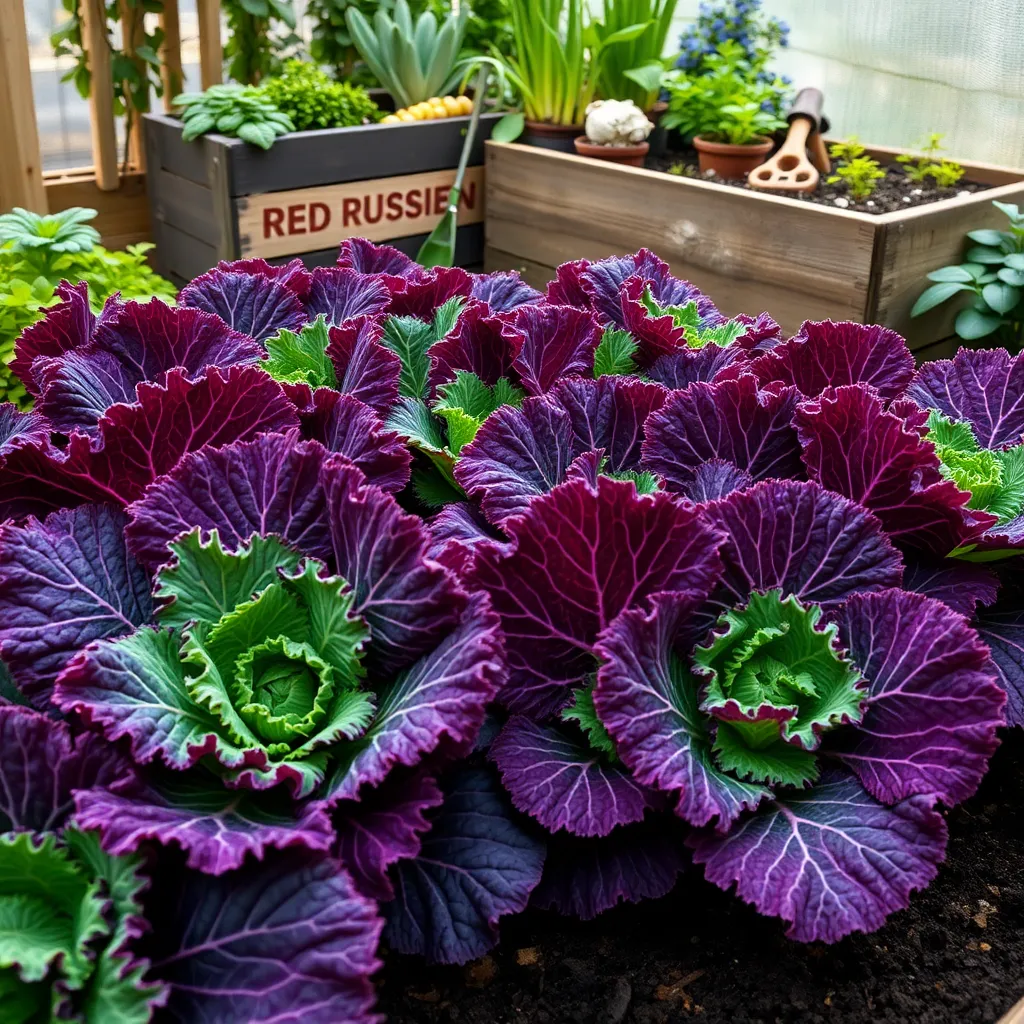
Red Russian Kale is a fantastic addition to your edible garden, especially for those in cooler climates. This cold-hardy variety not only survives but thrives in frosty conditions, allowing you to extend your growing season into the winter months.
To get the best results, plant Red Russian Kale in well-drained, loamy soil enriched with organic matter. For optimal growth, aim for a soil pH of 6.0 to 7.0, and ensure it receives full sun, though it can tolerate partial shade.
Watering should be consistent, keeping the soil moist but not waterlogged. Consider using a layer of mulch around the base to conserve moisture and suppress weeds, which can compete for nutrients.
For beginners, sow seeds directly into the garden about four weeks before the last expected frost date. Experienced gardeners might try succession planting every few weeks to ensure a continuous harvest throughout the season.
Bell Peppers (California Wonder)
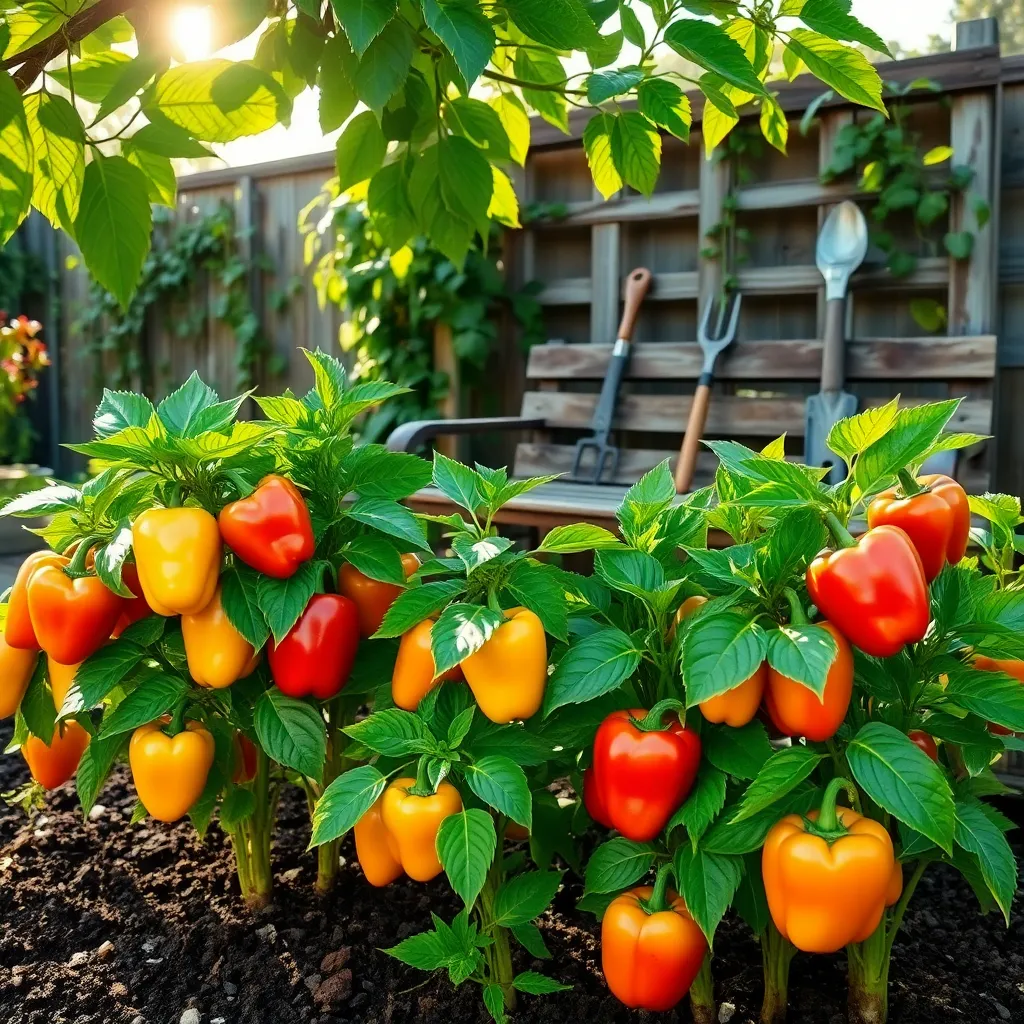
Bell Peppers, particularly the ‘California Wonder’ variety, are an excellent addition to any edible garden. These peppers thrive in warm climates, requiring full sun and well-drained soil enriched with organic matter.
To get the best results, start seeds indoors 8 to 10 weeks before the last frost date. Transplant seedlings outdoors when the soil temperature reaches at least 70°F, as peppers prefer warm conditions to flourish.
Regular watering is crucial, so ensure the soil remains consistently moist but not waterlogged. Mulch around the plants to retain moisture and suppress weeds, which can compete for nutrients.
For gardeners looking to boost their harvest, consider using a balanced fertilizer every few weeks. Pruning the plants can also promote better air circulation and reduce the risk of disease, leading to healthier plants and more abundant yields.
Conclusion: Growing Success with These Plants
In exploring the ’10 Best Plants for Edible Gardens,’ we’ve unearthed the rich parallels between cultivating a thriving garden and nurturing a healthy relationship. We’ve discussed the importance of diversity in your garden—just like in relationships, where embracing differences can strengthen bonds. We touched on patience and timing, essential for both plant growth and emotional connections. Communication, much like understanding plant needs, ensures mutual growth. The importance of space and boundaries, akin to giving each other room to flourish, and the joy of sharing, much like harvesting together, were also highlighted. Additionally, we explored how attention and care, akin to consistent watering, are vital, and the power of resilience in overcoming storms.
To translate this wisdom into action, why not start a small herb garden with your partner as a shared project? This will not only enrich your meals but also your relationship. Remember, nurturing your connections requires ongoing effort and reflection.
Bookmark this article to revisit these insights whenever you need a gentle reminder of the steps toward relationship success. As you cultivate your garden and relationship, remember, the seeds you plant today will blossom into a flourishing future. Your journey is just beginning, and with every action, you’re paving the path to lasting happiness.







